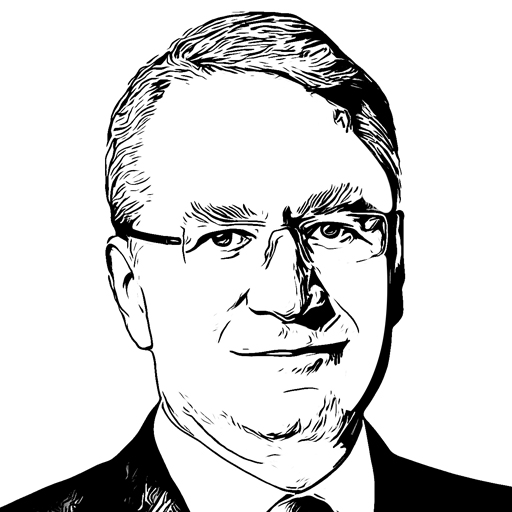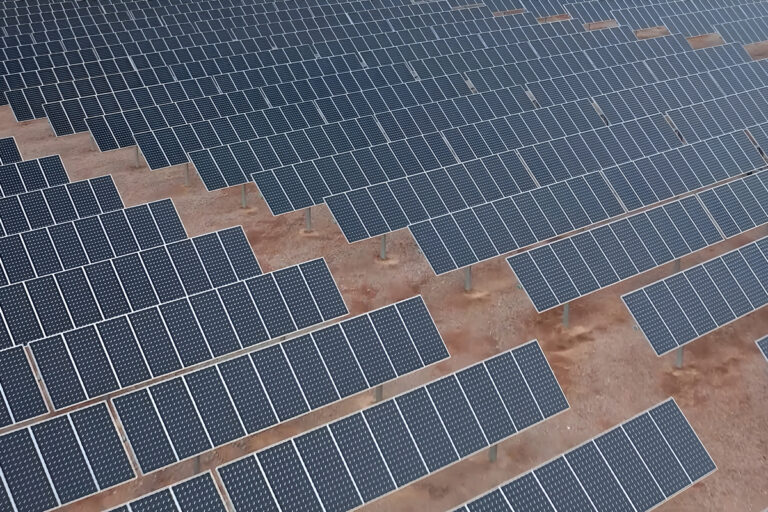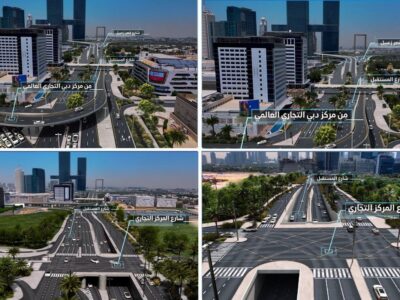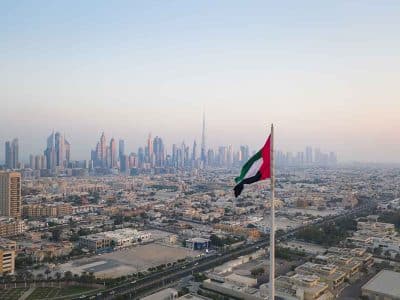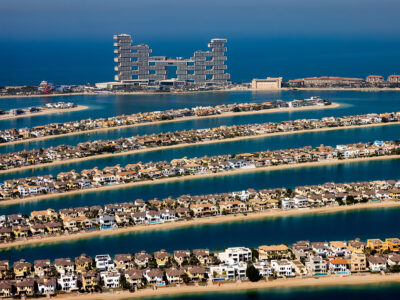Global spending on clean energy technologies reached US$2 trillion in 2024, twice the amount channelled to fossil fuels. Yet that figure still falls short of what is needed to land the planet on a net-zero trajectory by 2050. Recent analysis by Wood Mackenzie shows we must double annual low-carbon investment to around US$3.5 trillion by 2050 if we are to keep 1.5°C within reach. The capital exists, but it is not flowing evenly. In many emerging markets, commercially viable projects struggle to reach financial close because risk—whether it is real or perceived—outweighs potential reward.
Governments and the public sector cannot tackle this challenge on their own. While the public sector remains the largest originator of climate finance, the private sector must expand the volume of finance geared towards net zero. In the UAE, the government pledged $125 billion to reach this goal. Nevertheless, it is estimated that the country will need $680 billion to reach that milestone. The $555 billion gap will need to be originated from the private sector. However, the path to mobilising this private sector capital has its challenges.
The bankability problem
Commercial banks operating in emerging markets face three interconnected hurdles. Firstly, very few renewable energy, climate resilience, and social infrastructure projects reach the stage where they have a solid business case, confirmed buyers, and the permits needed for commercial financing.
Secondly, even when viable projects do emerge, the electricity tariffs, concession fees or wider revenue models are sometimes set too low to offset country, currency and construction risk. This means they fall short of the internal benchmarks that banks must meet for long-term lending.
Lastly, breakthrough solutions such as green hydrogen, utility-scale battery storage or regenerative agriculture lack a long operating track record and proven revenue history, so financiers price in steeper risk premiums. Many lenders prefer to hold off on direct exposure until the technologies mature.
Stronger project pipelines and more realistic pricing are key to unlocking progress. Until these improve, perceived risk will continue to hold back sustainable finance. The real challenge is how to better align risk and reward to get more projects over the line—especially in the Gulf.
Turning risk into resilience with blended finance
Blended finance is gaining traction across the GCC as a practical solution to fund sustainable projects. It mixes public or philanthropic money with commercial capital—where the public portion takes on more risk to give private investors confidence to join. Abu Dhabi has highlighted blended finance as a key tool for reaching its net-zero goals, and Saudi Arabia’s Public Investment Fund updated its Green Finance Framework in 2024 to include concessional capital in green bond offerings.
This model can make a big difference. In 2022, global climate finance hit $1.46 trillion, but less than a quarter went to emerging markets outside China.
Blended finance can help change that by making it easier for Gulf banks, insurers, and asset managers to get involved and turn underfunded projects into viable investments.
Mashreq is already using this approach. It created a sustainability-linked loan for Chalhoub Group, where borrowing costs depend on ESG performance—showing how public-private collaboration can reduce early risks and attract broader investment.
The role of public-private partnerships
The Gulf has seen how blended finance can make sustainable projects bankable. Now, it needs to build those de-risking tools into its main infrastructure model of public–private partnerships.
The Gulf has a strong track record in transport, water, and energy PPPs. “PPP 2.0” builds on this by formally adding blended finance into concession deals. With stable legal systems, financial strength, and PPP experience, the region is well positioned—but it still only makes up 7 per cent of global blended finance infrastructure deals, showing big room for growth.
To make PPP 2.0 a reality, banks need to scale up their use of blended finance. That means adding concessional capital into lending models, working closely with development finance institutions, and boosting climate risk expertise. Clear policy backing and tools to manage economic uncertainty are also essential. By embedding blended finance into every stage of project financing, banks can unlock more projects and help drive the Gulf’s shift to a low-carbon, resilient economy.
Brand View allows our business partners to share content with Arabian Business readers.
The content is supplied by Arabian Business Brand View Partners.
